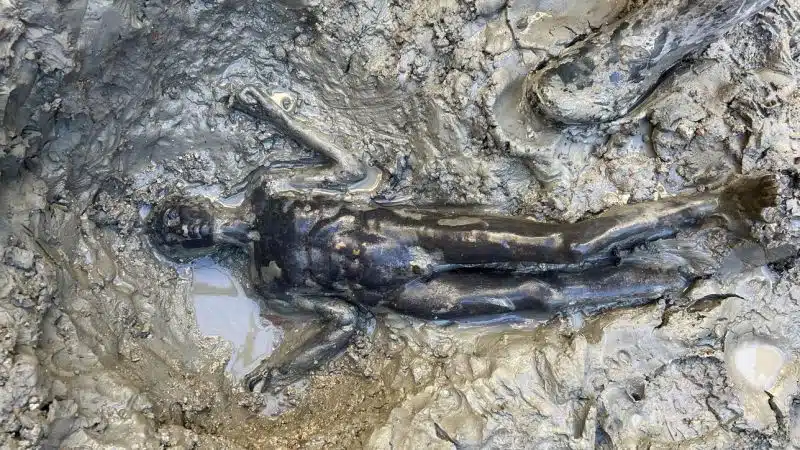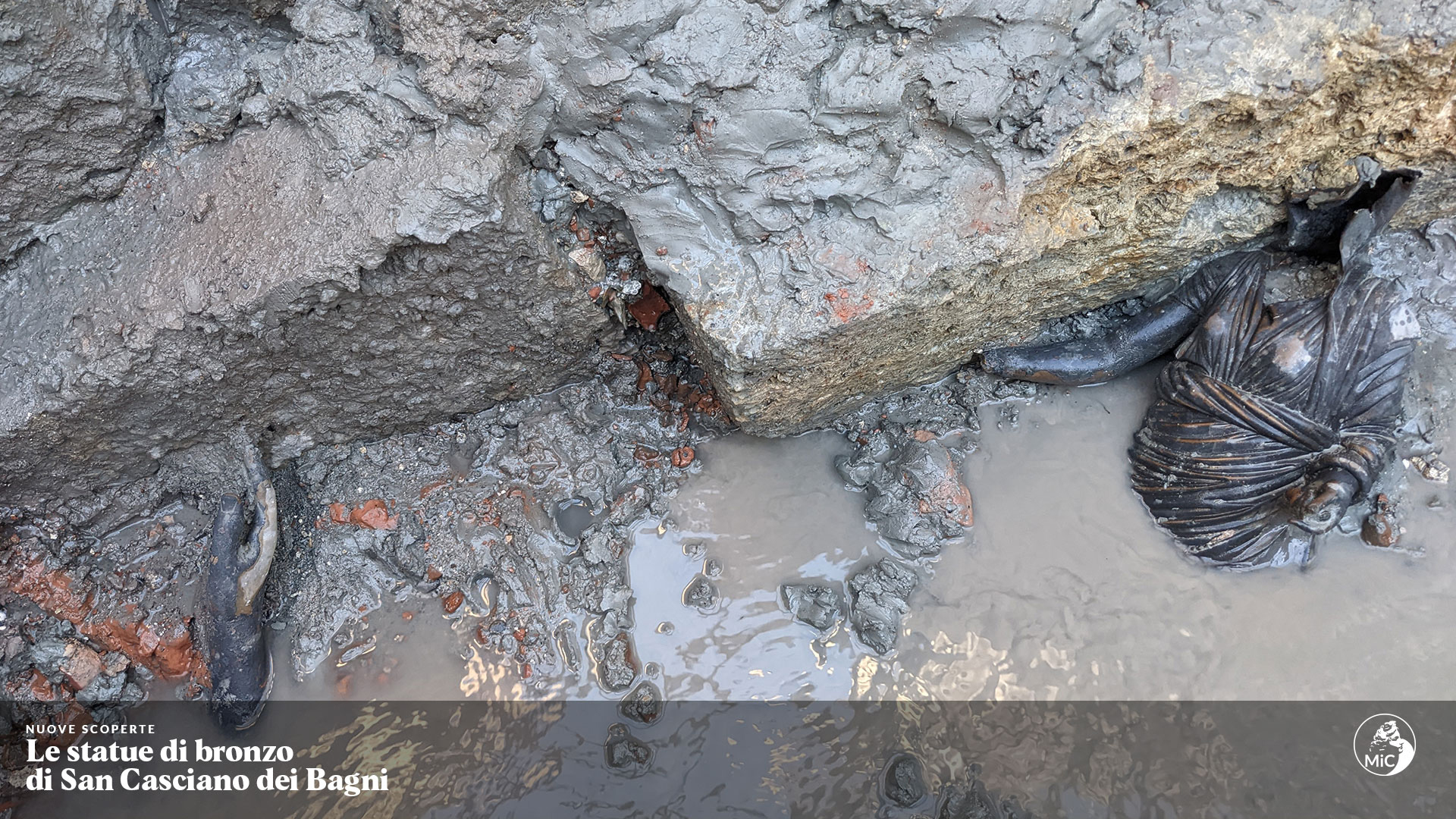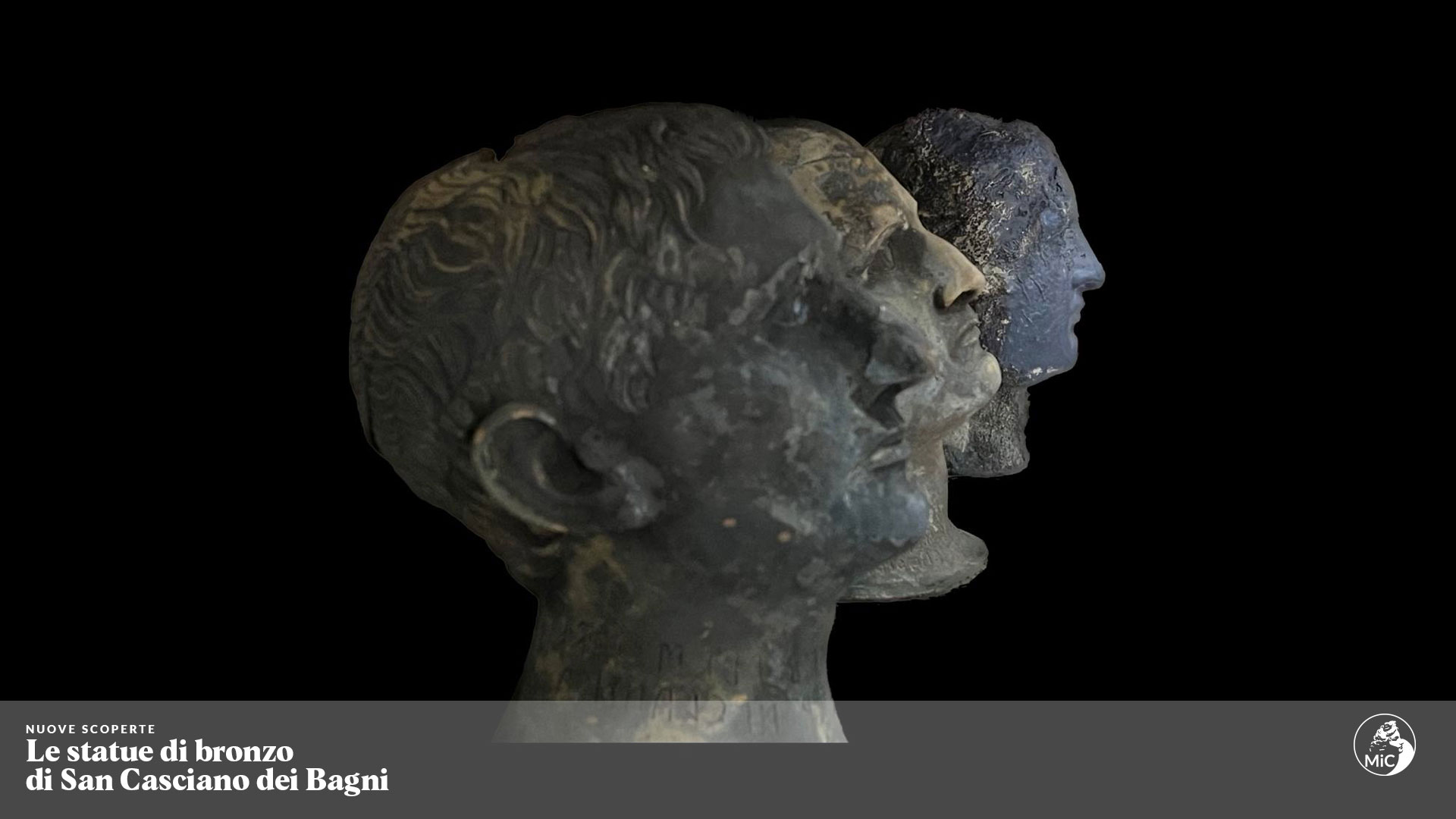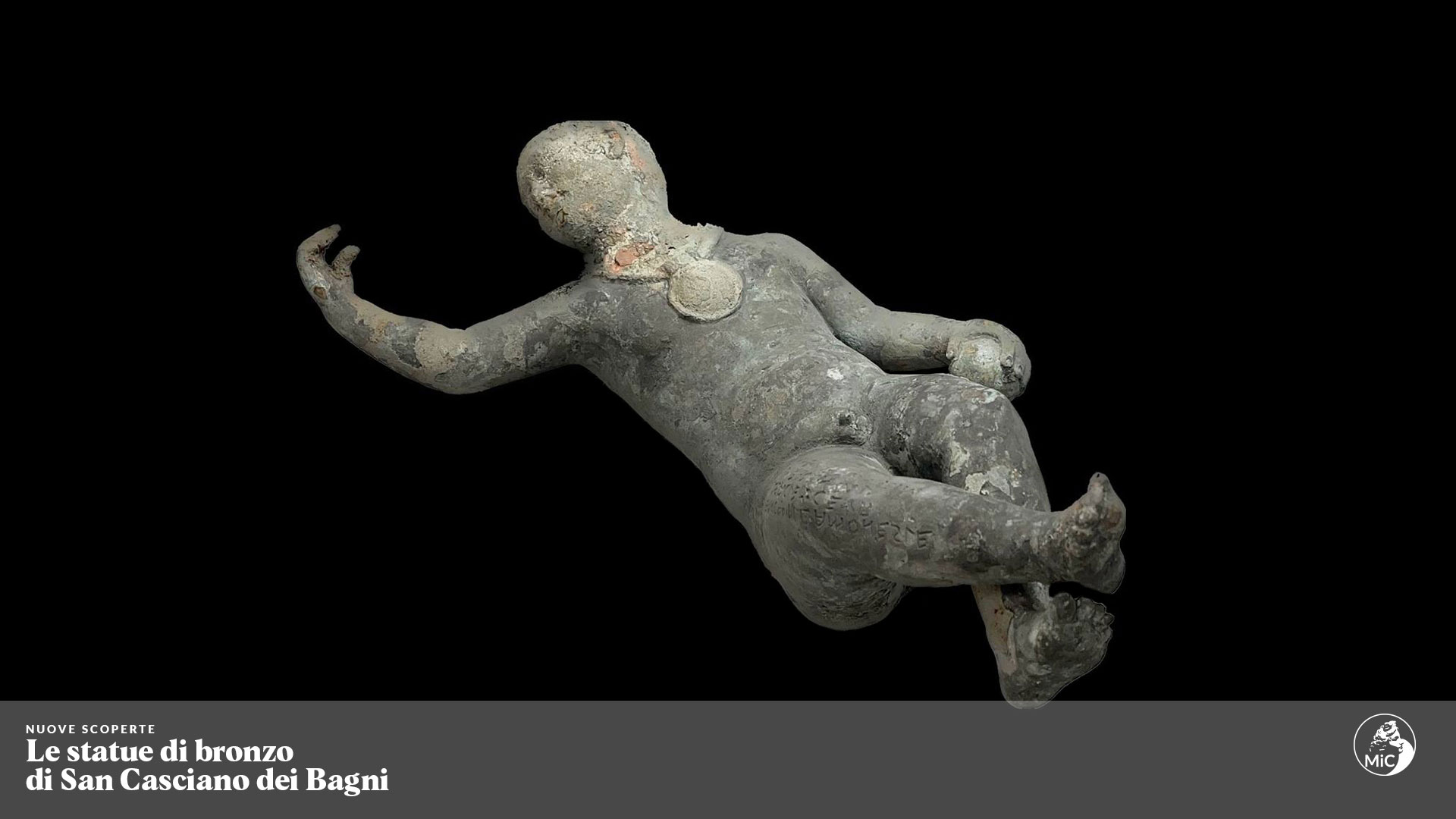
History can never stay buried forever. Therefore, it is no surprise that the most recent excavations in Tuscany have revealed another stunning discovery. This time of two dozen Ancient Roman bronze statues in Tuscany.
The sculptures depicting Hygieia, Apollo and other Greco-Roman divinities date back to sometime between the 2nd century BC and 1st century AD. According to Massimo Osanna, Director General of Museums in Italy, that fact makes them the “most significant bronzes ever produced in the history of the Mediterranean.”
An exceptional unearthing
This is not the first discovery of ancient bronze statues in Italy. Excavations in the country have undug many such artefacts over the years, such as the Riace bronzes found in Calabria. However, this find is quite different.
Archeologists believe it was local artisans who created the works, some of them standing at nearly a meter tall. The votive statues of pagan gods and depictions of young men, elderly matrons and emperors are etched on the sculptures in exquisite detail and a sleeping ephebe (a young male usually between 17 and 18 years old) lying next to Hygeia, the goddess of health, with a serpent entwined around her arm.

Excavators unearthed the exceptional trove of artefacts at a thermal bath in San Casciano, a relatively unknown, hilltop town in the province of Sienna where they were studying the muddied ruins of a network of ancient Roman baths. They had been doing so since 2019, yet only sighted the partially submerged statues recently.
Ritual offerings
Experts have hailed the 24 art pieces dating back some 2,300 years as “the most significant find of its kind in 50 years”.
Many of those uncovered were surrounded with religious objects, such as figures associated with healing, molded in gold and silver. On top of many were also 6,000 bronze, silver and gold coins. Thus the current theory is that they most likely served a religious role particular to the bathhouse until where they lay buried. They also believe that they were submerged intentionally during some sort of ritual at some point the 1st century B.C.

“You give to water because you hope that the water gives something back to you,” Jacopo Tabolli. Tabouli is an assistant professor at the University for Foreigners in Sienna and one of the coordinators of the dig explained.
For the moment however, what is certain is that the ancient bronze statues remained in almost perfect condition. A fortuitous situation, it seems, is due to the fact that Christians had closed up the sanctuary with heavy stone columns sometime in the 5th century.
As it turns out, it is that action that provided the sculpture with sufficient protection to keep them intact “almost from the day they were immersed” Tabolli stated. In particular, from the muddy waters and boiling streams of the baths that originated sometime in the 3rd century BC. There, they lay forgotten for centuries until archeologists stumbled upon the treasure on they removed the covering.
Etruscan origins
The baths which the Etruscans, a pre-roman people from the region who wielded a significant influenced on the cultural and artistic traditions of the Romans. Not only Roman but also Greek intermingled with the Etruscans. Thus, many Greek artefacts have consequently been found in Etruscan settlements as well.
They built baths themselves most likely in the 3rd century BC. The original structures included alters and fountains the Romans later made more palatial.
The artesian wells which were the source were famous for their healthy, therapeutic benefits. For that reason, figures such as the Roman Emperor Augustus often frequented them.
In fact, the relics were created during the time of conflict that occurred during the “great transformation in ancient Tuscany” when it changed from Etruscan to Roman rule, according to Osanna.

“It was an era of great conflicts and cultural osmosis” he continued. One in which the great baths symbolized “a unique multicultural and multilingual haven of peace, surrounded by political instability and war.”
People such as Tabolli believe that it not only offered a haven of peace but also a place of mutual respect and understanding.
For in his words “even in historical epochs in which the most awful conflicts were raging outside, inside these pools and on these alert the two worlds, the Etruscan and Roman ones, appear to have co-existed without problems.
They evidently came from an elite settlement as well. The reason being the fact that they had inscriptions in Etruscan and Latin referring to influential families from the area.
A discovery that will rewrite history

Italy is a place where, to this day, Roman and Greek ancient history and culture coincide.
The 24 bronze sculptures and other artefacts recently found however constitute one the greatest “deposit of statuses from ancient Italy” as they were ancient Roman artefacts from that region.
The excavation at San Casciano is on hold for the moment now that the hard work of finding them is done. Once the sculptures are restored, it will begin again.
Archeologists, historians and museum curators in Italy are content nonetheless. For as Jacopo Tabouli stated to the Italian media, the 24 bronze statues are “a discovery that will rewrite history.”
See all the latest news from Greece and the world at Greekreporter.com. Contact our newsroom to report an update or send your story, photos and videos. Follow GR on Google News and subscribe here to our daily email!



